Ci sono case che hanno un’anima. E altre che se la costruiscono, col tempo. Oppure con l’intervento di un professionista, in grado di dare un colpo di bacchetta magica e – oplà – trasformare e rivitalizzare gli spazi di un’abitazione, oppure di un ufficio, realizzando per loro un “abito” uno completamente nuovo, di sartoria. Sono gli “interior designer”, o architetto di interni, una figura emergente nel mondo dell’abitare, ma ancora poco conosciuti rispetto a quelli che ormai, a ogni pie’ sospinto, vengono etichettati come “archistar”. Soprattutto in Italia. Tra i talenti che si stanno affermando in questo campo c’è Gian Paolo Guerra, 40 anni, nato a Benevento e con una laurea in giurisprudenza. Laurea messa però nel cassetto, visto che la sua strada maestra l’ha imboccata attraverso l’Istituto Europeo di Design di Roma, dove tuttora vive e lavora. Nella sua tavolozza di colori, una gran varietà di tinte: dalle ristrutturazioni vere e proprie alla progettazione d’interni, fino alla consulenza per l’arredamento, l’allestimento d’interni e l’home shopping, un servizio di personal shopper per la casa e guida agli acquisti.
Cosa vuol dire, innanzi tutto, essere un “architetto d’interni”? E’ una figura che fatica a imporsi o che sta guadagnando spazio, nell’immaginario collettivo?
“Un architetto d’interni si occupa di progettazione degli interni, residenziali e non. Ci si rivolge a lui per ristrutturare la propria abitazione, per un restyling o anche solo per una consulenza sull’arredamento. Questo vale non solo per il residenziale, ma anche per il turistico/ricettivo o per uffici, studi professionali o esercizi commerciali. In Italia, la qualifica professionale di architetto d’interni non è riconosciuta. Si esercita questa professione spesso con un titolo privato, magari spendibile sul mercato (come nel mio caso che ho studiato Interior design allo IED di Roma. Credo che nel settore della creatività valga molto più ciò che si sa fare rispetto ad un titolo, è più facile che la meritocrazia la faccia da padrone”.
Qual è il primo passo che si compie, approcciando a un nuovo incarico, magari facendo il primo sopralluogo della casa o comunque degli spazi da reinventare? Quali sono le prime cose che guarda?
“La prima cosa da fare è un sopralluogo presso la casa del cliente per rendersi conto delle esigenze, dello stile di vita, dell’area di gusto della committenza, del tono e del budget a disposizione. Una volta stabilito di cosa hanno bisogno, provvedo o alla progettazione o al restyling nel caso non si vogliano intraprendere opere murarie. Realizzato e approvato il progetto, con la scelta dei materiali, inizia la fase della semplice consulenza di arredo, unitamente al progetto luce e colore: illuminazione degli ambienti, posizionamento e scelta di punti luce e relative fonti luminose, scelta tinteggiatura ed uso delle finiture, abbinamenti di finiture, colori e materiali con l’arredo. La ricerca poi dei pezzi può avvenire insieme al cliente oppure no. Spesso le persone che hanno poco tempo delegano completamente questa parte al consulente”.
Le fonti d’ispirazione. Quali stili, quali epoche, quali tipi di mobili o di accessori preferisce, nel suo metodo di lavoro? Quanto si fa guidare dall’istinto, dalla sensazione che le trasmette un determinato spazio e quanto dall’esperienza? Se esiste un’ideale “cassetta degli attrezzi”, nel suo mestiere, cosa ci mette dentro e di cosa non potrebbe fare a meno?
“Si tratta di un lavoro unicamente tarato su gusto, occhio e sensibilità del professionista. Sono le cognizioni tecniche che si possono apprendere, non altro. Difficilissimo delegare a qualche collaboratore. E’ la passione la mia unica fonte d’ispirazione per i vari progetti. Ritengo sia una dote a tutti gli effetti, ce l’hai o non ce l’hai. Sono meridionale, campano per l’esattezza, ed ho nel DNA le atmosfere mediterranee… amo Capri e la Costiera Amalfitana, la Puglia e la Sicilia. Sono, al contempo, più “vicino” al mondo della decorazione d’interni parigino che al design minimalista milanese. Tendo a mischiare molto antiquariato e design puro, quello dei grandi maestri”.
Rapporto con il “committente”. Ci sono vincoli, desideri, diktat che finiscono per instradare il suo operato o lascia briglia sciolta alla creatività?
“Il rapporto con la committenza è, da sempre, la spina nel fianco di chi come me si occupa d’interior: non mi stancherò mai di ripetere che il nostro lavoro non viene fatto solo per gratificazione personale, ma bisogna rispettare le varie sensibilità, oltre alle reali esigenze della committenza, troppo facile imporre il proprio gusto senza ascoltare invece prima le richieste od anche i sogni dei clienti. E’ importante, a mio avviso, interpretare il gusto del cliente e rispettarlo il più possibile. E’ un lavoro di squadra, mettiamola così”.
Quali sono gli interventi che ha effettuato nei suoi anni di carriera che più le hanno dato soddisfazione. E perché?
“Ho due lavori nel cuore: la mia prima opera nel settore turistico e un magico rifugio sulla sabbia: nel primo caso si tratta di una Luxury Guest House che ho progettato ed arredato. Una sorta di small-house concepita come una casa di mare, ma con servizio alberghiero, in una palazzina della seconda metà dell’800 a Noli, nella riviera ligure di ponente. Costruita su due livelli, conta sei camere con bagno privato, 2 standard, 3 superior ed una junior suite vista mare, una hall, un salotto, una sala per la prima colazione ed una terrazza vista mare. L’altro intervento che amo particolarmente è una villa sulla spiaggia vicino ad Anzio cui ho fatto un restyling in pieno stile mediterraneo. Una casa non più in manutenzione da anni e con un arredo datato, in una location da sogno sulla spiaggia. Il concept per questa casa è nato grazie all’incontro col gusto della padrona di casa (Rita dalla Chiesa) che ha richiesto una precisa ispirazione alle atmosfere mediterranee a lei care: la Grecia, la Puglia e Capri”.
Ci sono errori “classici” che la gente fa cercando di dare uno stile alla propria casa – ristrutturando o anche solo facendo del restyling – magari cercando un po’ di stravaganza e cascando nel kitsch?
“Il fai-da-te può esser divertente, ma quando ci si rivolge ad un professionista del settore, ad un bravo interior designer, la differenza salta subito agli occhi. Per fare una bella casa non basta solo avere buon gusto, come pensano in molti, ci vuole altro: è un lavoro tecnico, è necessario avere delle basi di disegno e rappresentazione grafica, bisogna aver percezione dello spazio e delle proporzioni. L’armonia, in un interno, è frutto di sapienza e non d’improvvisazione. Costruire le atmosfere e coglierle non è elementare”.
La moda. Quali sono le tendenze? Quali sono i fattori che influenzano il gusto dell’abitare?
“Credo sia scontato precisare che la moda ed il design camminino di pari passo. E’ alla fine degli anni ’80 che nasce il “Made in Italy”, unendo moda e design nel mondo. Nel settore dell’interior design le tendenze emergono a seguito delle varie fiere di riferimento, come Il Salone Internazionale del Mobile di Milano o Maison & Objet di Parigi… del resto Milano è la capitale mondiale del “design” così come Parigi lo è del “decor”. Come tendenze dell’abitare mi sento di sottolineare l’uso del rame negli arredi unitamente al prepotente ritorno del “giallo & rosa” quanto alle palette cromatiche”.
Infine il budget: quanto può costare reinventarsi una casa o un ufficio?
“Parlar di soldi non è mai facile. Direi che per un “restyling” di un appartamento (di 100 metri quadri circa) si parte dai 2.500 euro + iva fino ad arrivare ad una certa percentuale dell’importo lavori (budget) nel caso di ristrutturazioni”.They made it and they told us how at the 5th women and youth enterprise show. Women who have found in being entrepreneurs a new professional life. They are all women who have broken the mold and have taken the future back. It is a double success in a country, Italy, where jobs for women are still underpaid compared to their male colleagues and where to reinvent a career is quite impossible due to bureaucracy and many other obstacles. From the given figures of the first semester 2013, the registered female enterprises in Italy were 1.429.880, about 23,6% of the total: 12% are young entrepreneurs (under 35 years old) and 8% are foreigner enterprises. With 110.705 women enterprises, Piedmont represents 7,7% of the figure for the entire country, whereas the youth entrepreneurs represent 10,6% and the foreigner enterprises 7,6%. On a national level the sectors involved the most by this phenomenon are: commercial businesses (28%), business services (16,3%) and agriculture (16,2%). The number of businesses in the food and accommodation industry (9,2%) and constructions (4,7%) are on a rise. Some common characteristics came out from the picture of these winning women; characteristics they all shared during their path to success in becoming entrepreneurs. In 60% of cases, women who gave their professional life a new chance through entrepreneurship were once employees. The average age of these new businesswomen is 40 years old and 70% have a degree. Being in a relationship is not an obstacle, but it is instead a support in the project of a new career. Besides, in telling their stories, one businesswoman out of two affirms to be the newfound self-esteem the most important result of this new challenge, as 9% affirms that it is the importance to reconcile work with family and 7% to be rewarded by the economic independence. As far as difficulties, 50% sees obstacles, and not few, to find financial support and skilled personnel.
1)Is tourism still a leading sector in Italy? And where do we stand in Europe?
Italy is still the fifth world power in international incoming tourism but unfortunately it loses competitiveness year after year. Some statistics show Italy to be already at seventh or eighth place. Placement is not important compared to a falling trend that does not seem to stop. Today the industry produces 10% of GDP but it could be easily doubled if we would be able to make the system more efficient.
Italy is and remains a primary destination but today it represents only a part of the whole, especially for the new inflows from Asia Pacific.
We were not able to consolidate our leadership – strongly in French hands – because we were not able to enhance what we have and we focus only on the resources from the past without implementing a complete modernization of the cities.
The example is Venice, where we continue to live by what has been built in the past as only attraction, without a heritage preservation policy and a promotion for new events. I still remember in Venice where the organization of outstanding exhibitions of international appeal was the example of giving a new life to of the historic heritage. I am talking about preservation and innovation as it was done in Paris and London.
2)It has been always more difficult for women to achieve high professional level in the workplace. Could you tell us how you did it?
It would be easy to say that I have found difficulties in my workplace because it is what everybody expects it would be but, honestly, I did not experienced any particular difficulties or obstacles in my professional career. Ever since, my professional goal was to become a manager and work in Milan. I have achieved my goal by working hard and learning a lot from my bosses, all of them were men, from which I have learned what should not be done.
Sometimes I felt underestimated but over time this became one of my strength: when you are underestimated you are not expected to act in a certain way and this is an unexpected surprise. I worked abroad and then I worked in companies that allowed me to express my organizational, strategic vision and innovation skills. For my current position I was chosen by a President and a all-men Board of Directors, which members were all men. I do not consider myself a lucky person: discipline and determination brought me some results.
3)What is the secret that makes your communicative strategy the focus of your professional success?
I try to be always clear and straightforward. I meet with the members of my team and I listen to them: our is not an oligarchic organization and the staff, in every moment, could bring new ideas and projects. In Best Western the decision-making is dynamic and simple: projects are shared and approved and eventually improved during our “theme groups” that see the direct involvement of all our management. In doing so, all the business stream is affected by transparency that allows the involvement of all the staff first hand.
4) In the current tourist market, how important is to offer a balanced mix between quality, services and communication?
As never before, purchasing behaviors are changing. Many are the purchase opportunities for the customer who behaves accordingly. We go after a loyal customer that does not act like one because, of course, he has a goal to reach and he behaves accordingly. It is one of our task to communicate with him, today it is done almost completely on line, and make him understand that our brand means quality and dedicated services.
The quality issue needs an in-depth analysis: our hotels standard of quality is certified every 11 months because some standards of comfort and cleaning can never be taken for granted and because we have to allow the Best Western hoteliers to be competitive on the market. However, the quality changes into “perceived quality”, and the peer to peer judgment is really important because it is the driver for choosing the next customer. We believe to be pioneers in this field: since 2008, you can check on our website all the scores of our customer satisfaction questionnaires.
5)In the occasion of the last Woman and Youth Entrepreneurship International Showyou talked about your cooperation with your younger employees. Your philosophy is based on loyalty and not on fidelity. How is this approach important in your profession?
It is fundamental. I always try to have a lay and non-judgmental approach. Young people, sometimes, try to consider Best Western a finish point rather than a starting point, which is pretty much understandable nowadays. That’s why, since 2011 all the staff members – regardless of position and responsibility – have been involved in a path to leadership and personal development. In cooperation with B-Motion, a European coaching company managed by Massimiliano Saccarelli, all employees have made a one year journey to plan their own personal and company mission, that continues today focusing on different theme groups.
At the end of the course, some young men choose to take a different path, some of them following their more insane passion: somebody wished to work at the Revenue Agency! Be aware of your vocation in order to change path moved by desire and not by your needs. And, as the General Manager, I was fully satisfied with the result.
» 2013 - Numero 6 » Gian Paolo Guerra – Interior designGian...

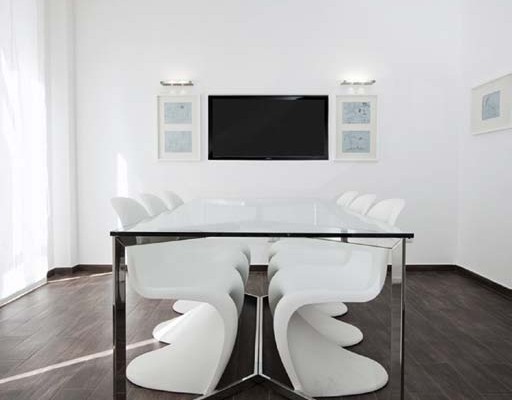
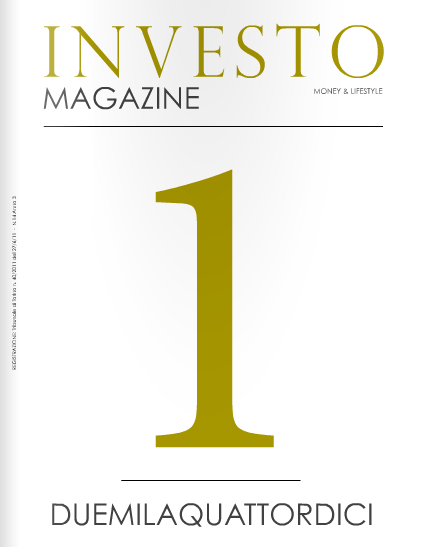
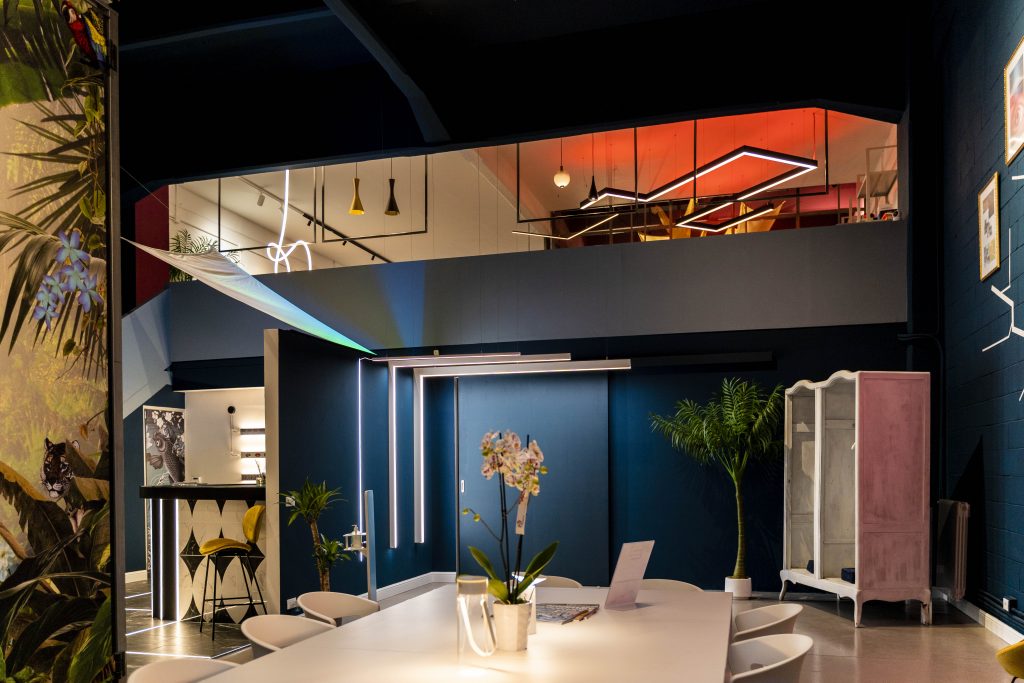
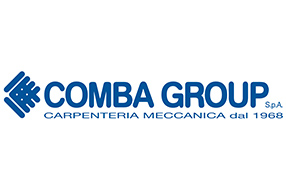
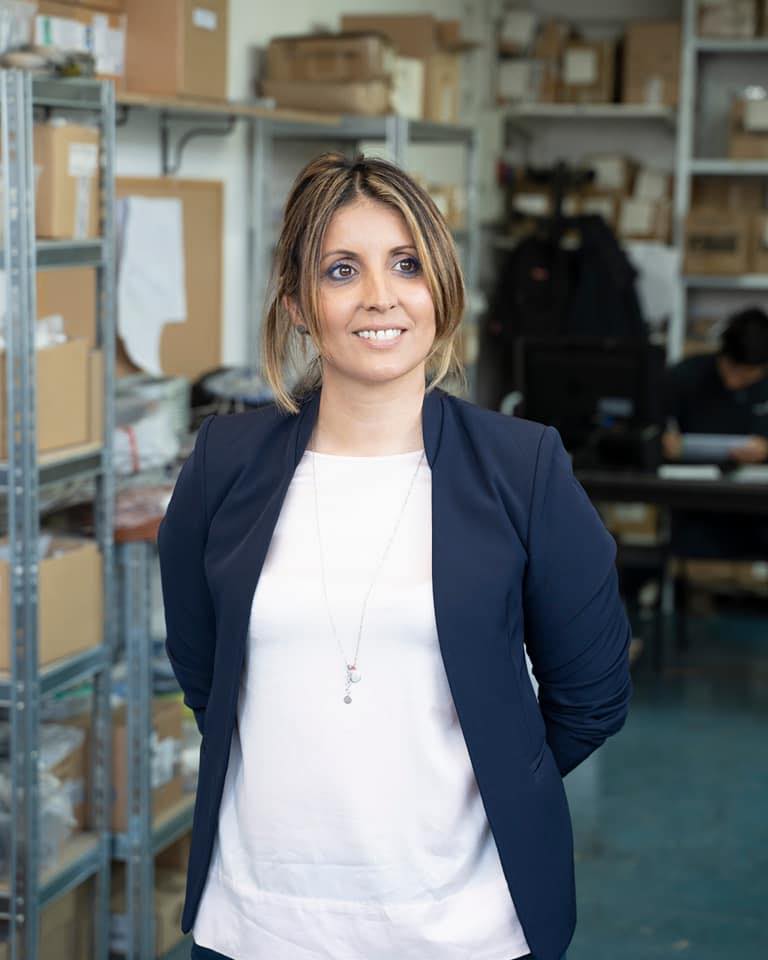
 youhost
youhost